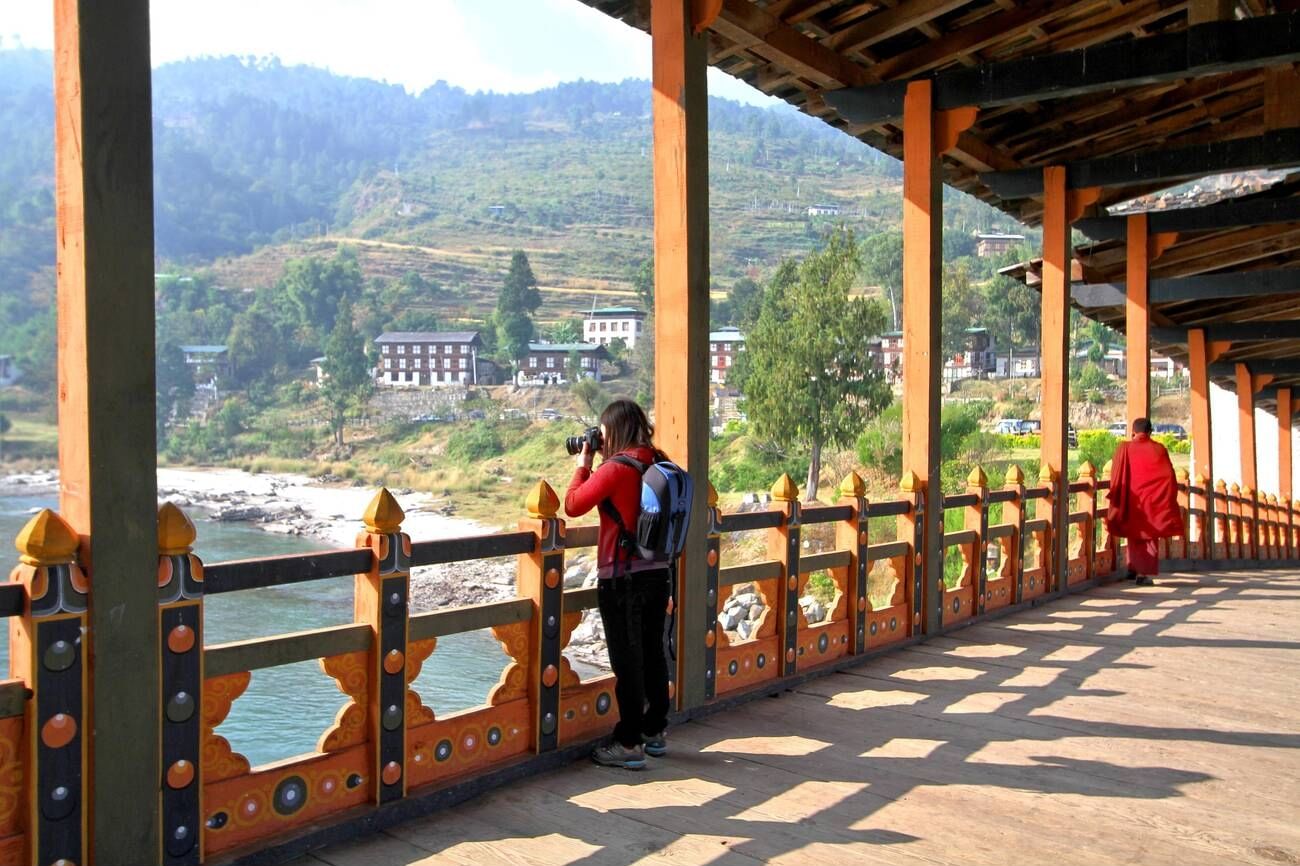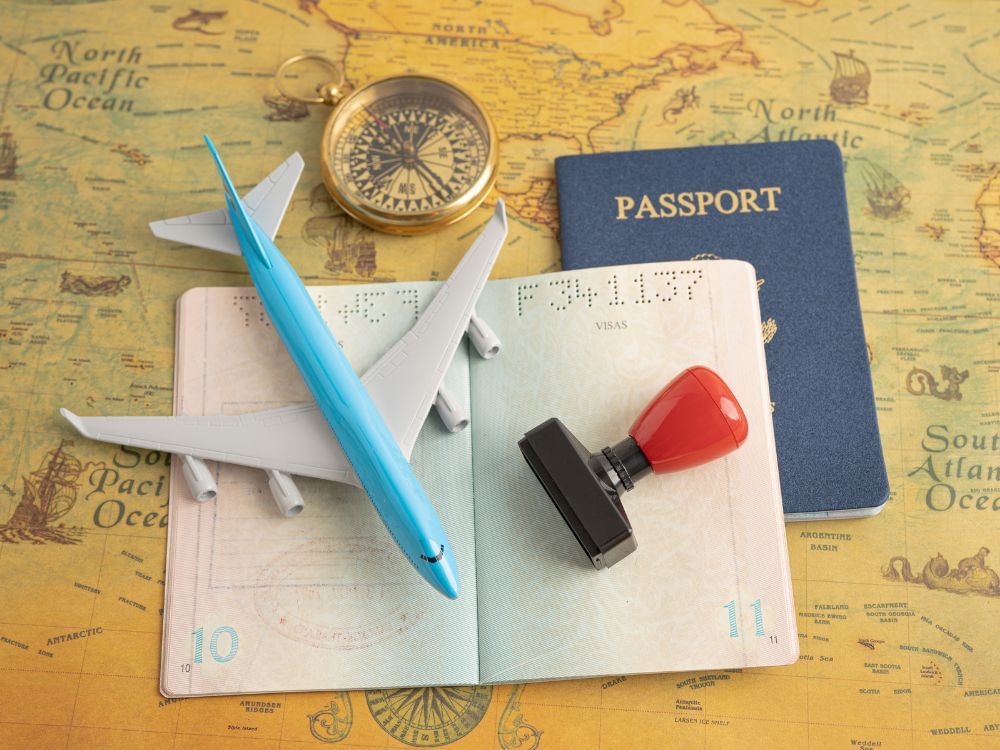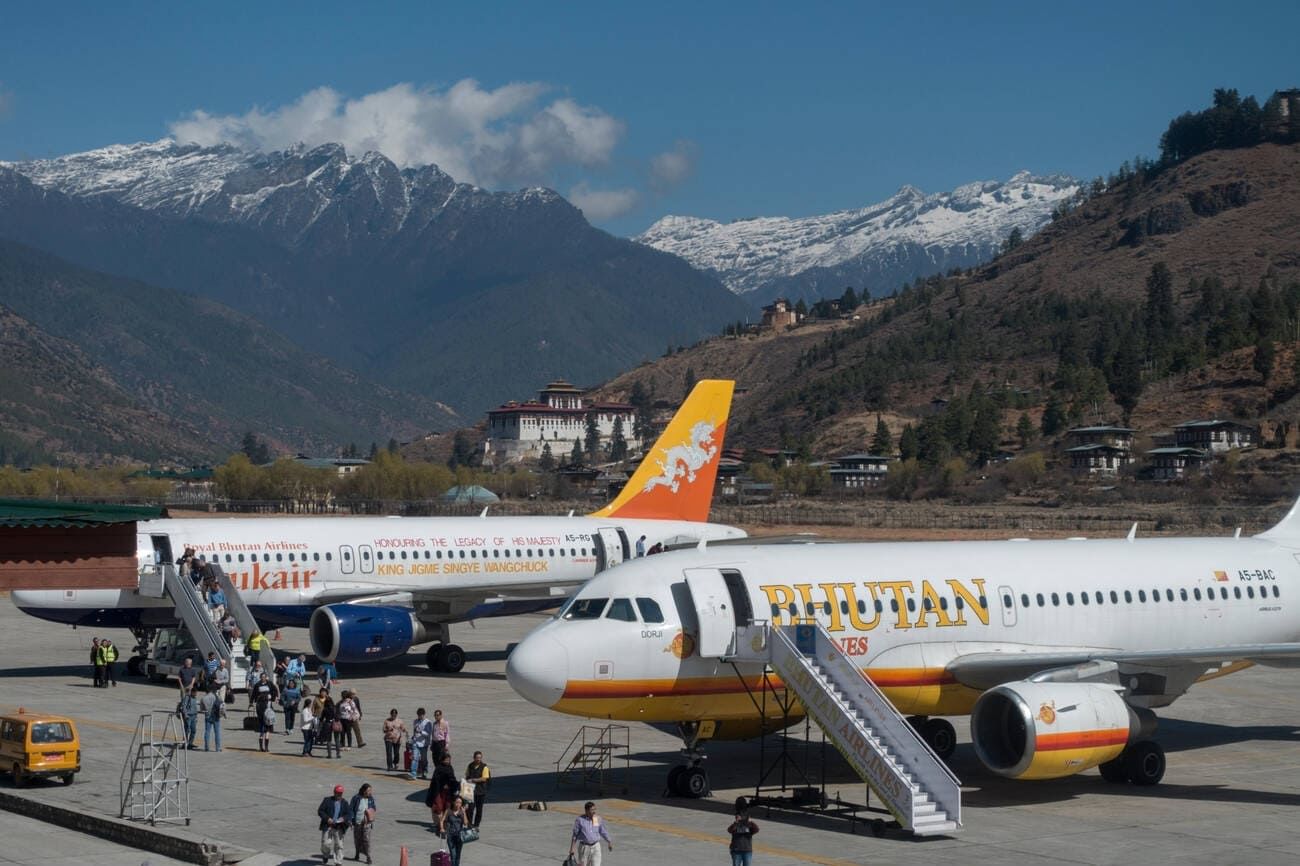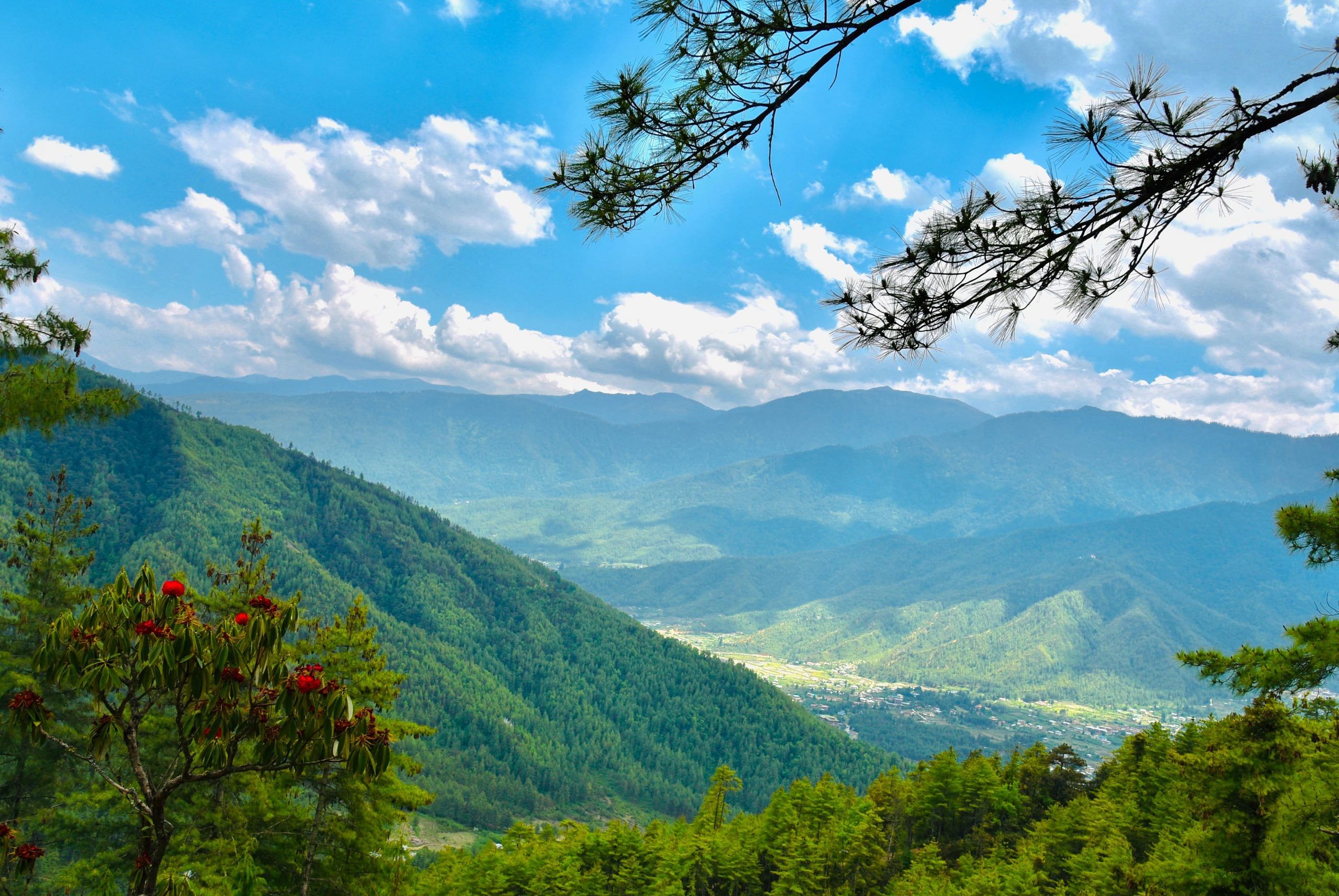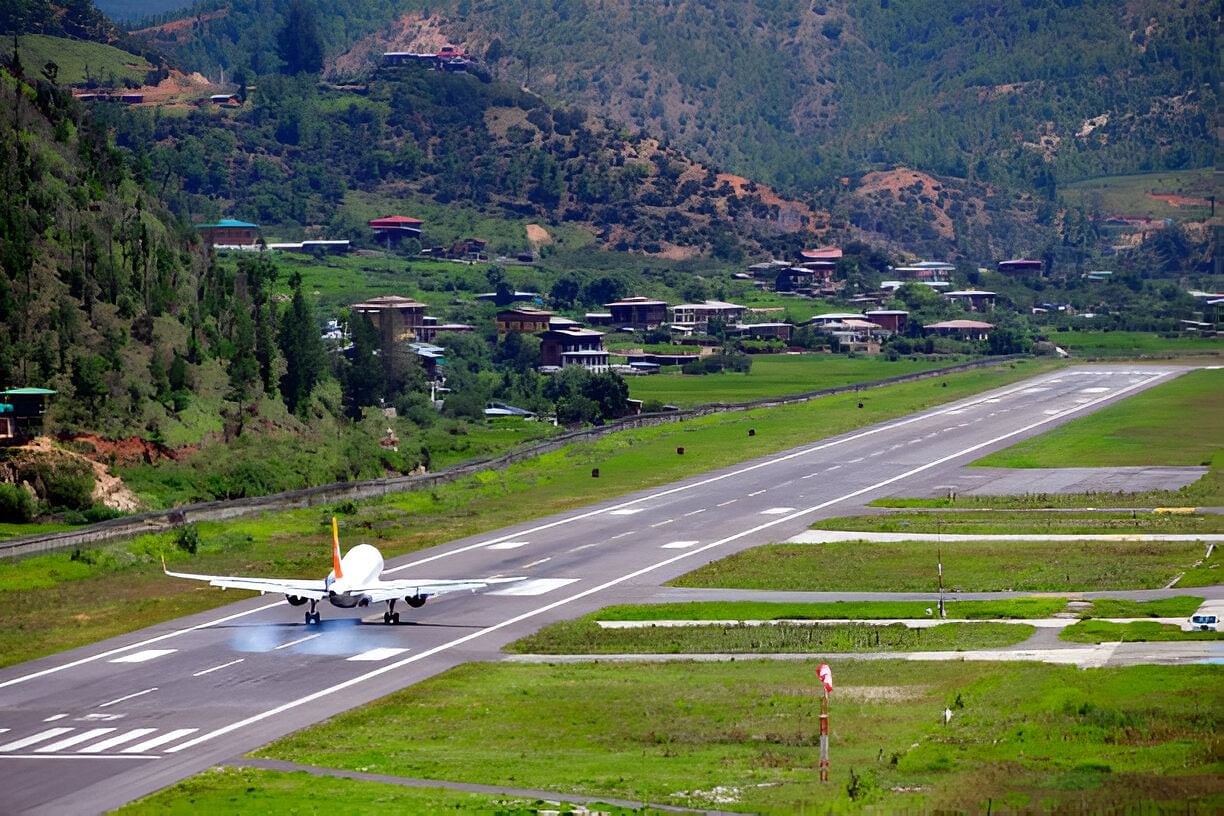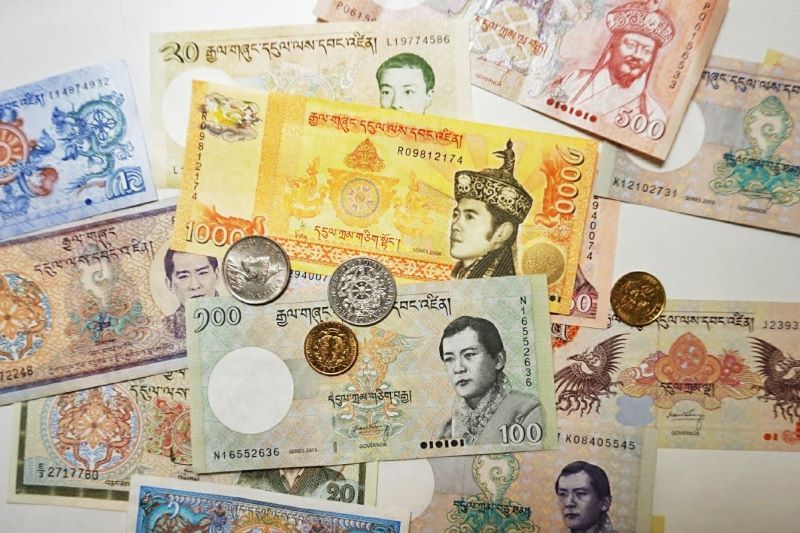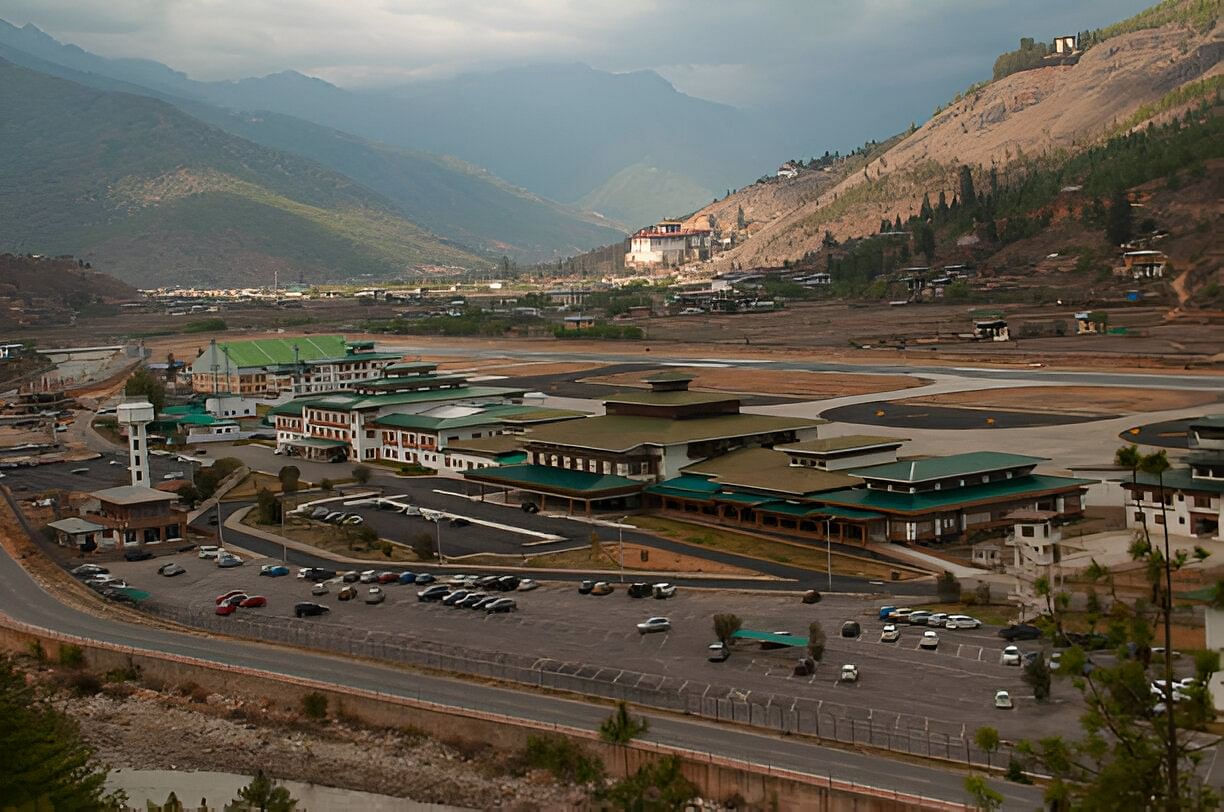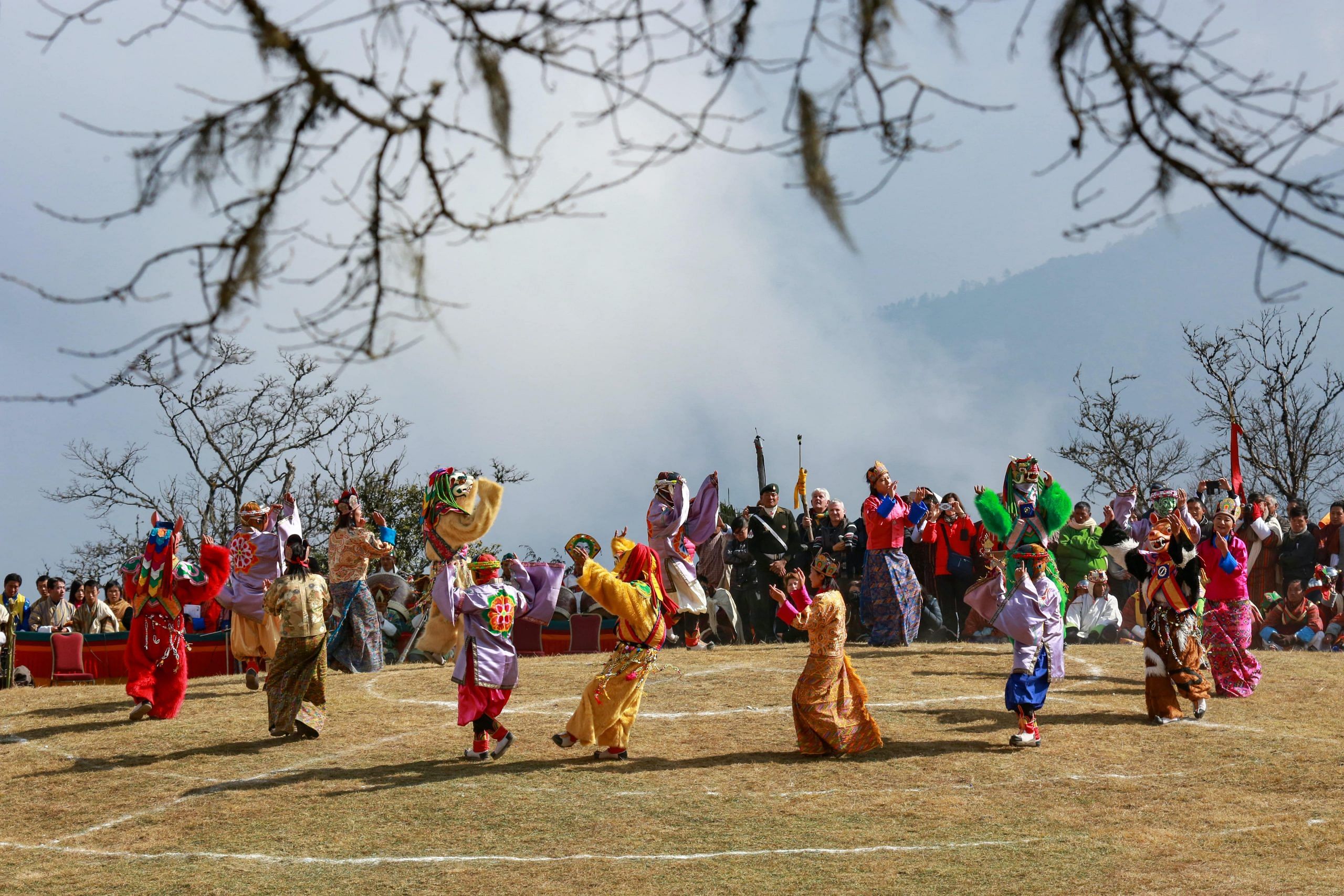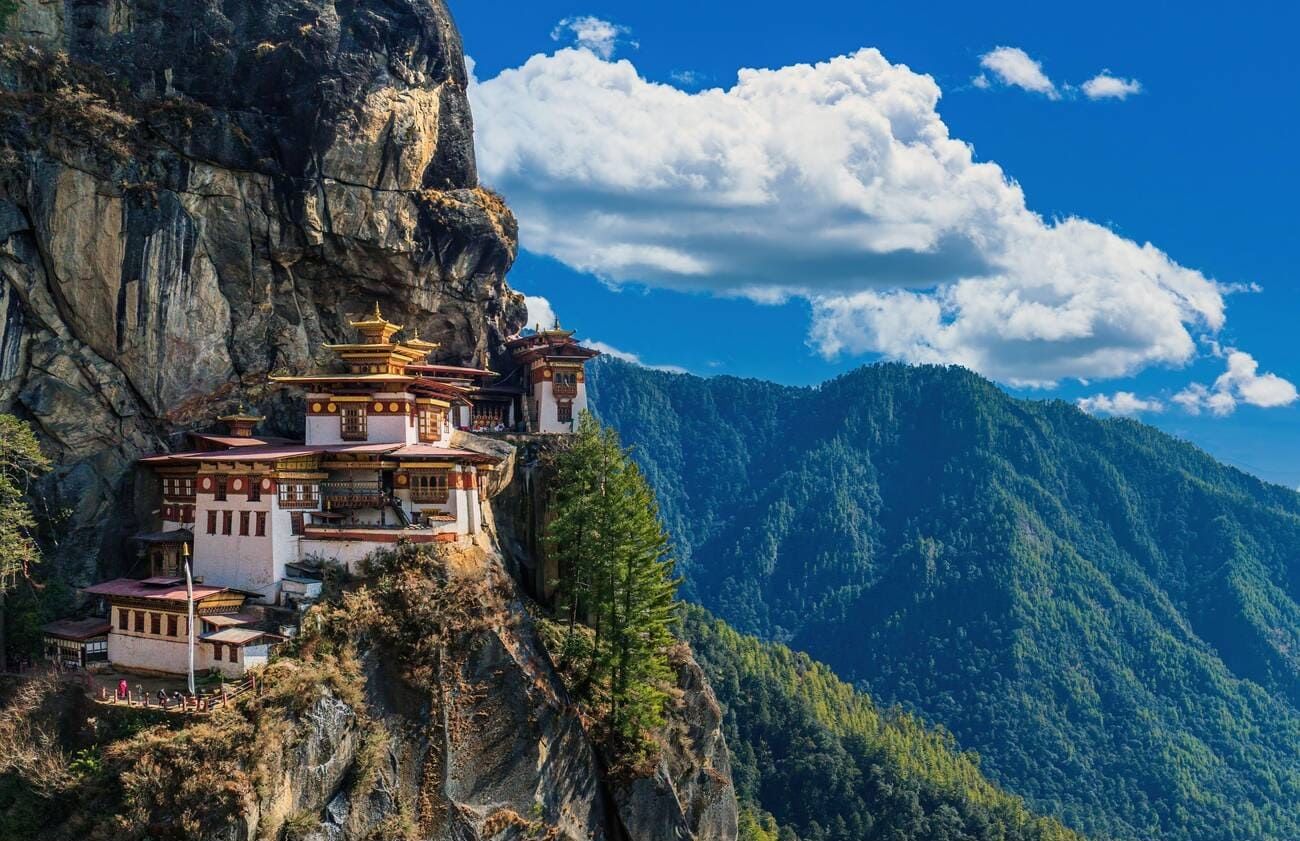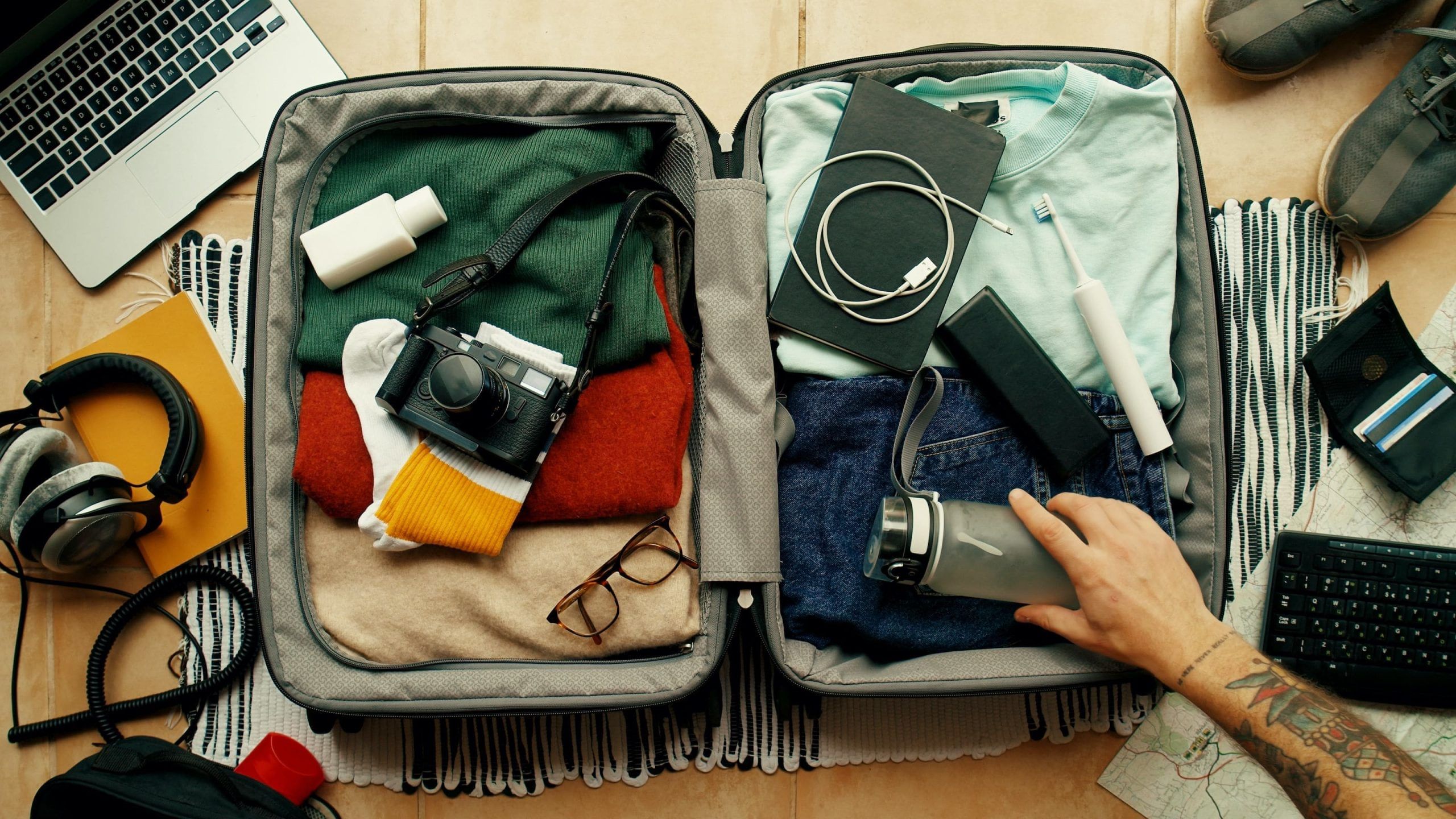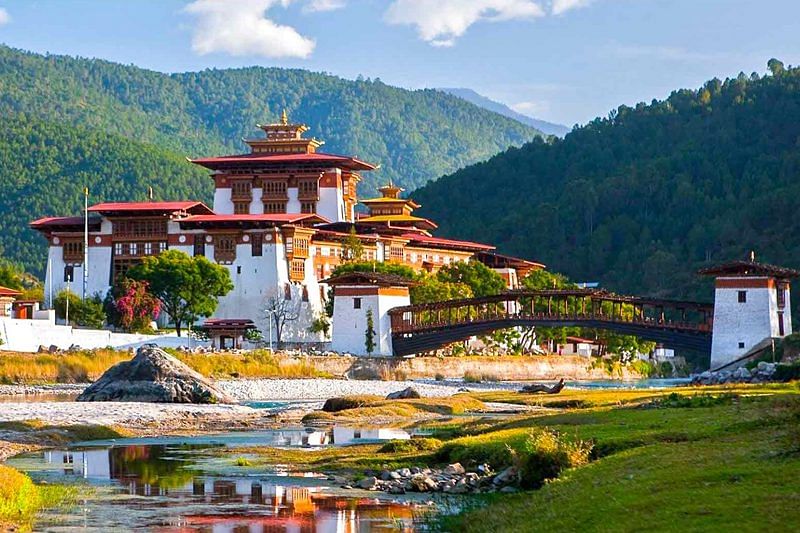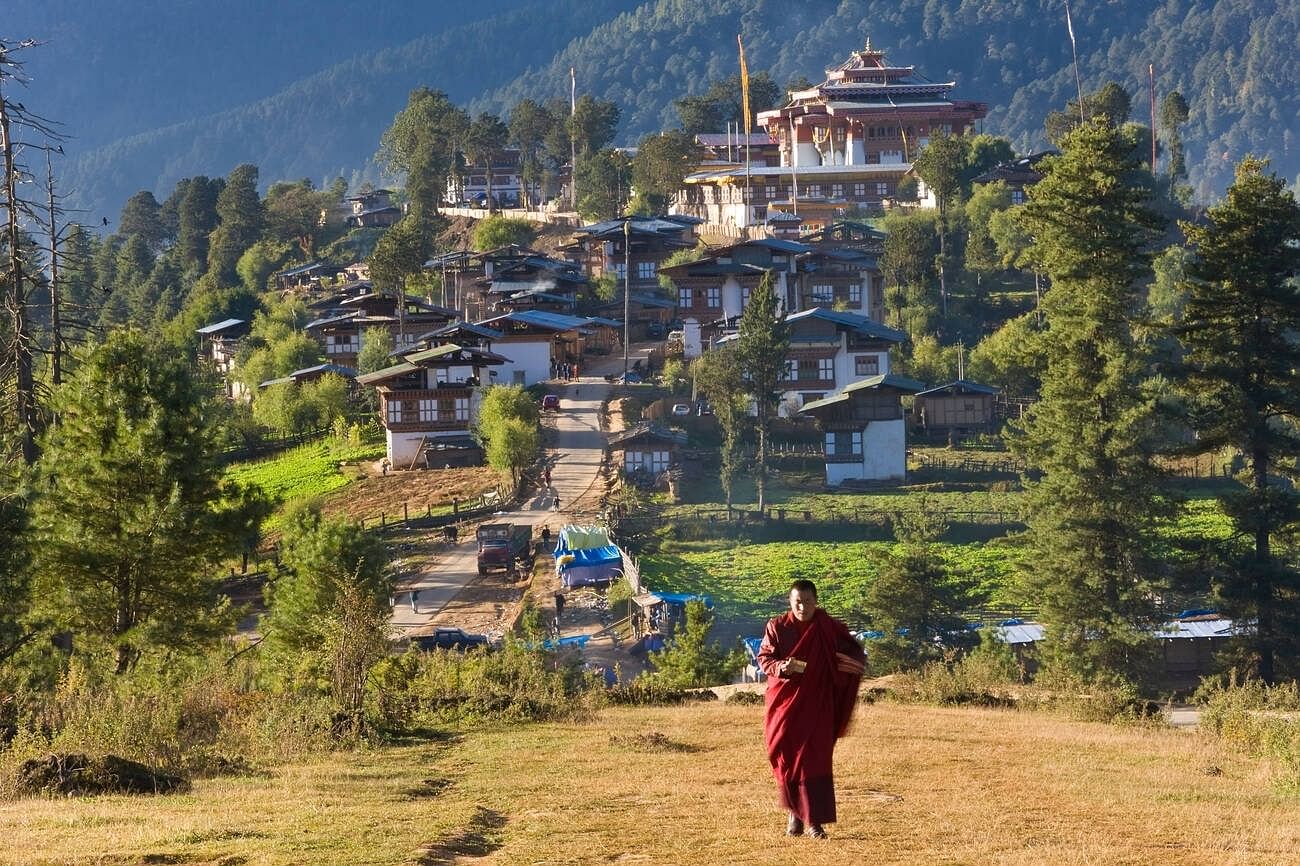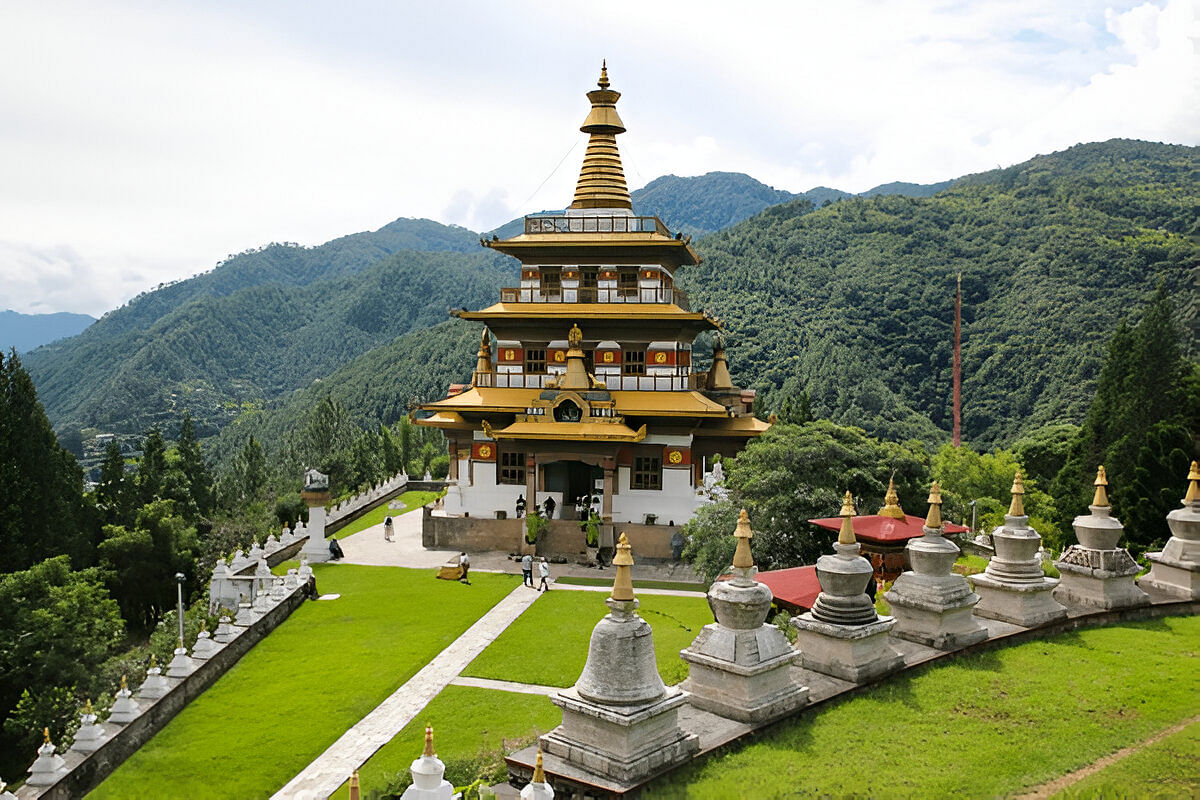Bhutan Travel Tips - What Nobody Tells You Before You Go Most people have never heard of Bhutan until someone mentions it's that tiny country between China and India where they measure happiness instead of GDP. Sounds made up, right? But this place is real, and it's unlike anywhere else.
Here's the deal with travel tips for Bhutan - forget everything you know about booking trips. You can't just buy a plane ticket and figure it out when you land. The government insists that everybody book with licensed tour companies. Yes, it's unique, but these guides know what they're doing.
It rains more quickly than your mood on Monday morning. Dress warmly, even in the summer. Those mountains are no joke.
Skip the planning stress and check out our Bhutan Tour Packages. They know this country better than anyone and can set you up with the good stuff.
Ultimate Top 10 Travel Tips for Bhutan | 2025 Guide
1. Know Before You Go – Documents & Entry
Before you set foot in the Land of the Thunder Dragon, it’s important to understand the entry rules and documents required. Bhutan has its own unique tourism policy to protect its culture and environment, so being prepared saves you a lot of hassle.
Bhutan visa requirements for Indian travellers:
- Indians do not need a visa to enter Bhutan. Instead, you will need a valid Voter ID card or Passport for entry.
- A special entry permit is issued at the immigration offices in Phuentsholing, Paro, or Thimphu. This permit usually covers travel to Paro and Thimphu.
- If you want to explore beyond these regions (like Punakha, Bumthang, or Eastern Bhutan), you will need to apply for a special area permit in Thimphu.
- Keep a few passport-size photographs with you, as they may be required at the immigration counter.
For Foreign Nationals (Non-Indians):
- Travellers from other countries must apply for a Bhutan visa in advance through a licensed Bhutanese tour operator or their international partners.
- As per Bhutan’s tourism policy, foreign visitors must book a package tour that includes accommodation, transport, a guide, and meals.
- The visa is approved once the full tour payment (including the Sustainable Development Fee or SDF) has been made.
- The SDF currently stands at USD 100 per person per night for most nationalities.
Important Pointers to Remember:
- Always carry multiple copies of your ID or passport, as you may need them at various checkpoints.
- Kids under 12 years also require valid documents (birth certificate and school ID for Indian children).
- Your entry permit or visa will clearly mention the duration of stay, so keep track of your travel dates.
- If you’re travelling by road from India, Phuentsholing is the main entry point, but there are also smaller border gates in Gelephu and Samdrup Jongkhar.
- For air travellers, the main entry airport is Paro International Airport, which is one of the most scenic yet challenging airports in the world.
best selling bhutan tour packages
2. How to Travel to Bhutan
Travelling to Bhutan is possible by air or by land, depending on where you're coming from. Each mode has its own rules, entry points, and things to prepare for. Below are all the details to plan your arrival in Bhutan in a hassle-free way.
By Air – Flying into Bhutan
Flying is the most direct way for many international travellers, especially those coming from outside neighbouring regions. Here’s what you need to know:
Which airports & airlines:
- Paro International Airport (PBH) is the main international airport in Bhutan. All international flights arrive here.
- The two airlines that fly international routes into Bhutan are Druk Air (the national carrier) and Bhutan Airlines (Tashi Air Pvt. Ltd.).
Which cities connect by air:
You can fly directly to Paro from several Indian cities (Kolkata, Delhi, Guwahati, Bagdogra, Mumbai, etc.), also from Kathmandu (Nepal), Bangkok (Thailand), Dhaka (Bangladesh), and Singapore in certain seasons.
Things to watch out for:
- Flight schedules can be seasonal; some routes work only part of the year.
- Weather plays a big part: Paro is surrounded by mountains, so sometimes flights are delayed or cancelled due to poor visibility or bad weather (especially during the monsoon).
- If you're arriving by air, make sure your visa/entry clearance (for non-Indian nationals) is ready beforehand, as that’s required before boarding in many cases.
By Land – Border Entry Points and Road Travel
If you're travelling overland, especially from neighbouring India, these are the key entry points, rules, and what to expect.
Mainland Entry Points:
- Phuentsholing (sometimes spelt Phuntsholing) – South-west Bhutan border with India (Jaigaon side). This is a major crossing for many visitors.
- Gelephu – A land border town in south-central Bhutan. Useful if you’re coming from central-southern India or want to avoid long detours.
- Samdrup Jongkhar – Samdrup Jongkar is in the Southeastern border, connecting with the Assam region in India. Good if you are travelling through northeast India.
What to expect & rules when coming by land:
- Entry permits/border formalities: Even if you enter by land, you’ll need proper documents (passport or voter ID for Indians, visa clearance for non-Indians) and likely an entry permit at the immigration office at the border.
- Pedestrian terminals: For example, Phuentsholing has a pedestrian terminal at the Jaigaon - Phuentsholing border that’s open 24/7. If you’re just visiting for a day and not going beyond certain checkpoints, some permit rules are lighter.
- Travel within Bhutan from the border: After crossing, if you want to head to Thimphu, Paro or other parts of Bhutan, the road journey will often be mountainous and may involve several hours of driving. Be ready for winding roads and slow travel. Example: Phuentsholing to Thimphu takes about 5-6 hours for 170 km.
3. Bhutan Weather and the Best Time to Visit
Planning around the seasons is one of the smartest Bhutan tips. The country’s mountainous terrain means the climate can vary a lot depending on where you are.
- Spring (March–May): Clear skies, colourful flowers, and mild temperatures. This is one of the best time to visit Bhutan for treks and outdoor sightseeing.
- Summer (June–August): Monsoon season. Roads can be slippery, and trekking may be difficult. But the valleys look lush and green.
- Autumn (September–November): Crisp air, clear skies, and several local festivals. Another good time to visit Bhutan. Great for photography and hiking.
- Winter (December–February): Cold, especially in high regions. But if you don’t mind the chill, you’ll enjoy fewer tourists and snow-capped views.
If you’re worried about the Bhutan weather, just remember that spring and autumn are the safest bets.
4. Bhutan Travel Cost – Is Bhutan Expensive for Tourists?
Yes - Bhutan can be expensive compared to many other South Asian countries, especially for international visitors. But whether it feels expensive depends a lot on who you are (Indian vs non-Indian), how long you stay, where you go, what standard you prefer, and when you travel. Below explains what costs add up to, what the official charges are, and how you can manage your budget better.
Current Official Rates & Rules (2025)
Here are the latest official numbers and rules (to my best knowledge) from government and tourism sources.
- The Sustainable Development Fee (SDF) for international tourists (non-Indian) is USD 100 per person per night.
- Children aged 6-12 pay 50% of that (i.e. USD 50/night).
- Children under 6 years are usually exempt.
- For Indian nationals, the SDF is much lower: INR 1,200 per person per night for adults.
- Children between 6-12 years pay half that.
- Young children under 6 are exempt.
- Besides SDF, for non-Indian tourists, there is a minimum daily package/tariff. This includes accommodation (typically 3-star or similar), meals, a guide, internal transport, etc.
- In low season (January, February, June, July, August, December), it’s about US$200 per person per night.
- In high season (March, April, May, September, October, November), the rate rises to around US$250 per person per night.
- Visa fee: non-Indian tourists also pay a visa application fee. One common number is USD 40 for visa processing.
- Additional surcharges may apply - for example, single travellers or very small groups may have to pay more per night.
Tips to Reduce Cost
Here are ways to make your Bhutan trip more affordable:
- Travel in the low season (Jan, Feb, June, July, August, Dec). Hotels are cheaper, fewer crowds.
- Go as part of a group (3 or more), because per per-person cost tends to go down when you share transport and guide.
- Choose standard/basic hotels instead of luxury ones.
- Stay fewer nights, or limit to fewer destinations (Paro, Thimphu, Punakha are more accessible).
- Book in advance - flights and hotels may be cheaper.
- Consider using public buses or shared taxis where possible.
So, Bhutan travel cost depends a lot on where you’re coming from and how you choose to travel.
5. Bhutan Currency and Payments
Another common question: What currency is used in Bhutan?
- The official currency is Ngultrum (BTN), which is equal in value to the Indian Rupee (INR).
- Indian Rupee notes of INR 500 and INR 2000 are not accepted, but lower denominations work fine.
- ATMs are available in big towns, but they may not always work with foreign cards. Cash is still preferred in most areas, especially in villages.
Local travel tips Bhutan: Always carry enough cash while travelling between towns, as card facilities can be limited.
6. Bhutan Transportation Guide
Bhutan doesn’t have trains, and domestic flights are limited. So the main ways to travel within the country are by road transport: buses, taxis, hired cars, minibuses/coaches. Roads are mountainous, so distances don’t always tell you much about travel time. It helps to know all your options, current fares, and practical tips.
Here’s a full breakdown:
Public Buses & Minibuses
- Public buses are the cheapest way to move between towns. For example:
- Thimphu - Paro: approx INR 40 (minibus)
- Thimphu - Phuentsholing: INR 120
- Thimphu - Jakar: INR 202
- Buses are often crowded and not super comfortable, especially for longer distances.
- During monsoon or winter, many roads may suffer delays or blockages because of landslides or snow. So, schedules can get disrupted.
- Minibuses/coaches (Toyota Coasters, etc.) are available on popular routes (Thimphu-Paro, Thimphu-Punakha). They cost more than public buses but offer more comfort.
Taxis & Private Cars
- Taxis are everywhere in major towns like Thimphu, Paro, and Phuentsholing. There are city-taxis, longer inter-city ones, and full-day hires.
- Taxi fares have been revised:
- For city rides (5-6 seater), it's roughly INR 25.81/km.
- Inter-district or longer rides are about INR 23.31/km for similar vehicles.
- Examples: Thimphu - Paro by taxi costs about INR 800-INR 1,200, depending on vehicle and negotiation.
- Full-day hires are possible. If you want to visit multiple sites in one day, you can hire a taxi or private car for the day. Rates vary depending on distance, vehicle type, and time.
- Many taxi drivers may not use meters, or the meter may not function uniformly, especially in remote areas. Always agree on the fare before starting.
Domestic Flights
- Bhutan has a few small domestic airports (e.g. in Bumthang).
- However, domestic flight service is limited and not always daily. Some airports (like those in the east) may be seasonal or may have limited connectivity.
- If you do take a domestic flight, be ready for delays because of weather or maintenance. Also, costs tend to be higher per km compared to road travel.
7. Bhutan Tips on Culture and Etiquette
Bhutanese culture is deeply rooted in Buddhism, and respecting local customs is very important.
- Dress modestly when visiting monasteries and dzongs.
- Always remove shoes before entering temples.
- Photography inside religious places is often restricted, so ask before clicking pictures.
- Bhutanese people are warm and polite-return the same respect.
These small Bhutan tips will help you connect better with locals and avoid unintentional mistakes.
8. Things to Know Before Visiting Bhutan
- Internet & SIM: Buy a local SIM; coverage is good in towns but weak in remote areas.
- Electricity: 220V, with round-pin sockets; carry a universal adapter.
- Food: Expect spicy food. Try Ema Datshi (chilli cheese), momos, and red rice.
- Safety: Bhutan is among the safest countries in the world.
- Currency & Payments: Ngultrum (Nu) is pegged to INR. Carry cash for rural areas; ATMs are available in major towns.
- Transport: Roads are winding; taxis are common, and hiring a private car with a driver is convenient.
- Weather: Varies by season-spring and autumn are best for sightseeing; monsoon can block mountain passes.
- Cultural Etiquette: Dress modestly, remove shoes at monasteries, and ask permission before photography.
- Health: Stay hydrated and acclimatise to altitude; travel insurance recommended.
- Tipping: Guides INR 700–900/day, drivers INR 400–600/day; appreciated but not mandatory.
- Sustainable Development Fee (SDF): INR 1,200 per night for Indian tourists, approx USD 100 per night for international tourists; supports infrastructure and conservation.
- Visa & Entry: Indians need a passport or voter ID; other nationals require a visa through a licensed tour operator (visa fee INR 3,400).
- Festivals: Plan ahead if travelling during Thimphu Tshechu or Punakha Drubchen, as accommodation fills quickly.
- Environment: Carry reusable water bottles, respect wildlife, and dispose of waste responsibly.
Best Places to Visit in Bhutan for First-Timers
Here are some must-see spots if it’s your first visit:
- Tiger’s Nest Monastery (Paro Taktsang): Tiger Nest Monastery is the most iconic landmark in Bhutan. The hike takes 2–3 hours, but it’s worth it.
- Thimphu: Thimphu, the capital city, is where you’ll find a mix of traditional and modern life. Don’t miss the Buddha Dordenma statue.
- Punakha Dzong: A beautiful fortress located at the meeting point of two rivers.
- Dochula Pass: Dochula Pass is Famous for its 108 memorial chortens and stunning Himalayan views.
- Phobjikha Valley: Phobjikha Valley is known for black-necked cranes that migrate here in winter.
These are the best places to visit in Bhutan for first-timers, offering a mix of culture, nature, and spirituality.
10. Bhutan Tips for Packing
- Lightweight, moisture-wicking layers: Quick-dry tops and bottoms for trekking and daily wear.
- Warm layers: Fleece or down jacket for cooler evenings and high-altitude treks.
- Rain gear: Waterproof jacket and pants to handle sudden showers.
- Comfortable footwear: Sturdy hiking boots (Gore-Tex recommended), camp shoes, and sandals.
- Sun protection: Wide-brimmed hat, sunglasses, and sunscreen.
- Modest attire: Long pants and sleeves for temple visits; women may consider a scarf or shawl for added coverage.
- Currency: Bhutanese Ngultrum (Nu), Indian Rupees (INR), and US Dollars (USD) are accepted.
- ATMs: Limited outside of Thimphu and Paro; carry sufficient cash.
- Documents: Valid passport or voter ID for Indian nationals; visa for other nationalities
- Camera: With extra memory cards and batteries.
- Snacks: Especially if you have dietary restrictions.
- Travel pillow: For added comfort during long drives.
- Notebook and pen: For journaling your experiences.
- Daypack: 20–30L with rain cover for daily excursions.
- Duffel bag: Waterproof for trekking gear.
- Hydration system: 2L water bottle or Camelbak; water purification tablets optional.
- Headlamp/flashlight: With extra batteries.
- Dry bags: For keeping electronics and valuables safe.
Travelling to Bhutan is more than just sightseeing-it’s about experiencing a country that values happiness, simplicity, and balance with nature. By following these travel tips for Bhutan, you’ll be better prepared for your journey and avoid common mistakes.
From understanding Bhutan weather to knowing the right Bhutan tips about transport, money, and culture, a little preparation goes a long way. Whether you’re exploring monasteries, trekking through valleys, or simply enjoying the peaceful atmosphere, Bhutan will leave you with unforgettable memories.
So pack your bags, respect the traditions, and get ready to explore one of the most unique countries in the world!





